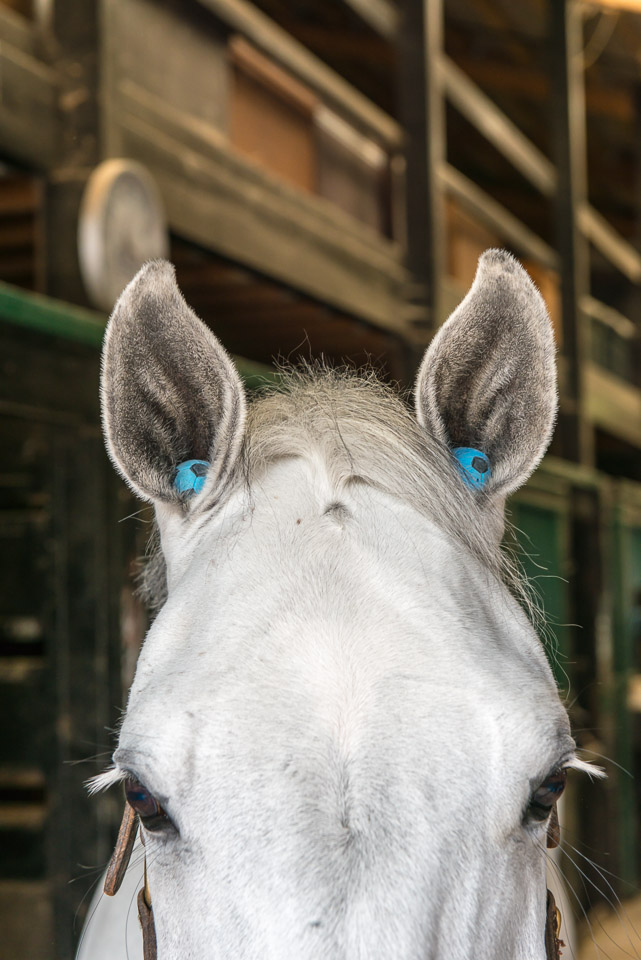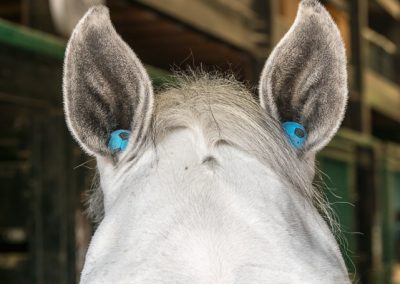
Horsemanship – Irrefutable Law 7
Seek first to understand… This law is the first of two laws that are intrinsically connected yet they need to be discussed separately. Originally it came from Stephen Covey’s book “The Seven Habits Of Highly Effective People” but I modified this for one reason. These two laws are at the root of all horsemanship and to become a good horseman they need to be understood and used every moment you are with horses..
Most people come to a horse, or for that matter all human communication, with one thing in mind – their agenda. We call, text, email, direct message someone because we want something even if it is someone else to talk to. First and foremost we want to be heard. Remember the first time you called someone you thought you loved? Besides being nervous, the feeling you had when they answered and were willing to listen to what you were saying was a great thrill. We all want something when we speak, from “Please pass the salt.” to “Will you marry me?”
Yet most of our conversations with friends or strangers start with, “How are you doing?” In New York City it’s “How ya doin? A cowboy might say “Howdy.” Others might say “S’up?” Almost every culture starts any in-person conversation with a request to find out how the other’s life is going. Why not with our horses?
**CONTINUED IN ARTICLE TAB**
Related material – Sometimes I have a lot of material here that I have written, podcasted, video blogs and other things. They will be listed in this tab.
Use the browser back button or menu to return to the index of topics.
⬇︎ CLICK ANY IMAGE BELOW TO REVEAL MORE INFORMATION ⬇︎
Seek first to understand… This law is the first of two laws that are intrinsically connected yet they need to be discussed separately. Originally it came from Stephen Covey’s book “The Seven Habits Of Highly Effective People” but I modified this for one reason. These two laws are at the root of all horsemanship and to become a good horseman they need to be understood and used every moment you are with horses..
Most people come to a horse, or for that matter all human communication, with one thing in mind – their agenda. We call, text, email, direct message someone because we want something even if it is someone else to talk to. First and foremost we want to be heard. Remember the first time you called someone you thought you loved? Besides being nervous, the feeling you had when they answered and were willing to listen to what you were saying was a great thrill. We all want something when we speak, from “Please pass the salt.” to “Will you marry me?”
Yet most of our conversations with friends or strangers start with, “How are you doing?” In New York City it’s “How ya doin? A cowboy might say “Howdy.” Others might say “S’up?” Almost every culture starts any in-person conversation with a request to find out how the other’s life is going. Why not with our horses? They are also experiencing their own lives though probably not as exciting as driving a new car to work, raising children, problems at work, etc. They are actually trapped in a stall in a barn of 20 horses or maybe alone but fenced in a field with birds and flowers. Whatever their situation, few are looking forward to the human entering the stall unless they have food. Unless wild and living free, captivity is all they have known and not every experience has started with a person asking them permission to enter their lives.
Seeking first to understand is as simple as saying, “Excuse me, may I come into your stall? While the words don’t need to be said, the opposite is seen when a person barges into the stall disrupting everything with the agenda of capture while many horses have another thought going on. This is often when things start to go wrong. Horses are living beings with thoughts and feelings. People need to connect with these thoughts and feelings at a deep level yet keep their leadership position. It takes only a moment but this is the first time, and sometimes the only time, you get a chance to connect with the horse and earn trust and mutual respect.
Remember the horse will reflect what you are thinking and feeling. If you are fearful then the horse will be fearful. If you are mean spirited then the horse will be too or will be fearful. Either of these is not mutual respect. In every connection there is a mirroring of who you are. But then there is profiling.
There is a book by Malcom Gladwell called “Talking To Strangers” about how we have expectations of how a person should react. This bias works when it occurs but can go horribly wrong when an expectation isn’t met. It is about why we distrust strangers when they don’t behave the way we think they should. It is also about why we trust some strangers when we really shouldn’t. This bias is built into our operating system (our DNA) to protect us and the horses have this too. Many horses see a male veterinarian (me!) and believe their day is taking a turn for the worst.
How I counter this bias is a two step process. Step one is to LISTEN, or seek first to understand. You need to be aware that there is a concern being voiced by the horse. Well trained horses will stand to have their halter put on and be led out of their stall but they are on high alert prepared to bolt away. Listening has two parts. The first is to hear. This step almost every person without headphones accomplishes well. The next critical step is to acknowledge what is being said.
Acknowledge what is being said!
Are you listening? In all relationships, human, horse or anyone, if the person is saying something and they don’t feel they are being heard they will either escalate with their voice or actions (fight or flight) or they will shut down and capitulate (do their job unhappily). This is NOT a willing partnership and is NOT leadership. Law 7 of seeking to understand is incomplete and has been broken. You will not be effective with every horse you meet and that is the goal of horsemanship.
Now for step two. Robin Williams, the great comedian, taught me this in his movie “RV” as he rapped with 2 strangers at a basketball court in a park. In the middle of the rap he held up his one hand, palm facing the 2 strangers, and said, “Talk to the hand!” This means that everyone has a story they are trying to tell you and you really aren’t interested. For me, this represents the horse that is telling me their story of how a man and a vet has come to them in the past doing something they didn’t like. But here is where Williams next rotated his hand so his palm was facing himself and said, “Call waiting!” This means that there is another way of looking at this relationship not based in the past but in the present. For me, this is me saying I hear you but I am NOT that man and I am NOT that vet from your past. I want to replace your thought with a new thought.
“Talk to the hand… call waiting” is something I use daily with new horses I come in contact with. It represents that I am listening, that I am adapting to their experience and their personality and I am someone building mutual respect from the beginning without prejudice. I am taking the first step. It must be remembered though that at this point you always need to be respectful every moment in the future. Over time this tenuous trust will become solid but must be earned every time you halter the horse. They must always feel safe and some horses need a lot of time to get over the past.
I want to create a fictional story here to help you understand the horse-human relationship. It is based on things I have witnessed commonly. Imagine you are a barn owner with boarders that come and go throughout the day. You are in the house when you see someone we will call Sue drive in and head to the barn. You cringe knowing that Sue is not nice to you, is demanding and always pays you late and never says thank you for the extra things you do for her horse. We all know Sue.
One day Sue comes to your house, knocks on the door and says, “I know you’re in there.” You answer the door. If Sue shouts and complains about something wrong with the horse or stall and calls you names and threatens you, how would you respond? You would mirror Sue with your own thoughts which would not end well. This is what happens a lot in communication – no one is listening and no one is making a first move of constructive dialog. There is no respect and nothing is accomplished.
On the other hand, what if Sue instead says, “I know I’ve been a jerk and there is no excuse. From this point on I will become your most ideal boarder. We don’t need to become friends but you can trust me whenever I am here to be fair.” How would you respond? Most likely you would doubt Sue and say you appreciate the opportunity but only over time will you believe it. If Sue does change then there is nothing to hate Sue for and over the next year or two you finally trust her to be a nice person.
Many horses are like the barn owner in this story and they see their “Sue” (their owner or caretaker or vet or shoer) come into the barn and then into their stall. The horse immediately reacts like the barn owner did by hiding in their house or bracing for the inevitable fight. If that person even looks like “Sue” (a person from the past) then a similar bad behavior will occur.
This time the owner comes in and says that they read something (this) and now realize 1) the horse is NOT the problem and 2) they ARE the problem. They add that they want to change how they act towards the horse by improving themselves rather than trying to train the horse. Believe it or not, the horse usually wants to believe the “new” person before them. It will take time but if you are consistent with this new message, the “call waiting” part, then over time the horse will change. This is the basis of communication, relationships, leadership and horsemanship. If the horse is a reflection of your thought and you don’t like what you see, don’t change the mirror. Change yourself.
- Additional tables
- Links to other in house articles
- Links to outside articles
- Reference material used in developing this topic.
There are no related articles here if you don’t see linked items.



Responses